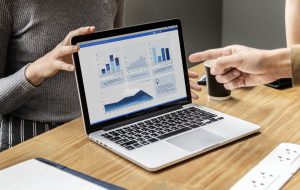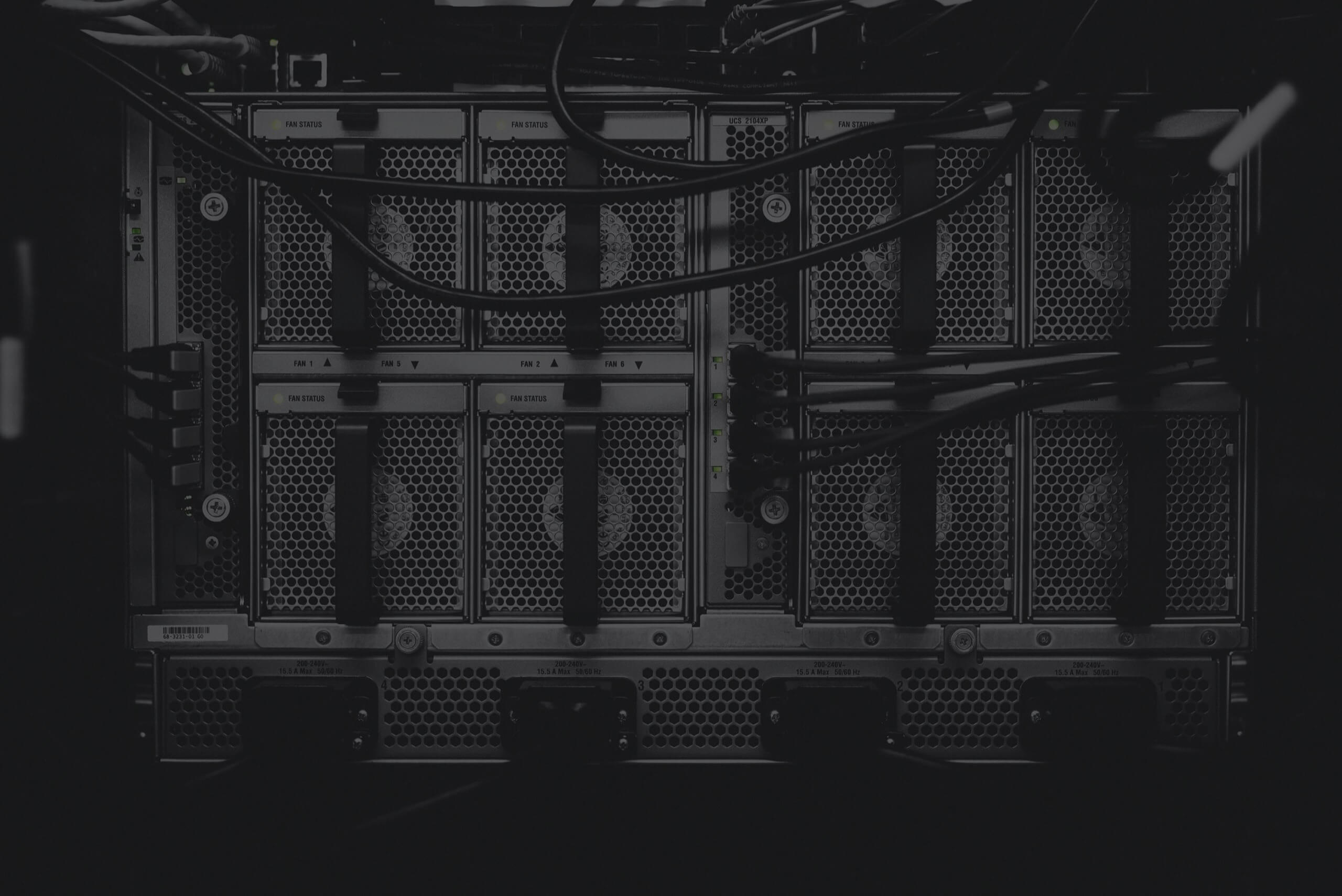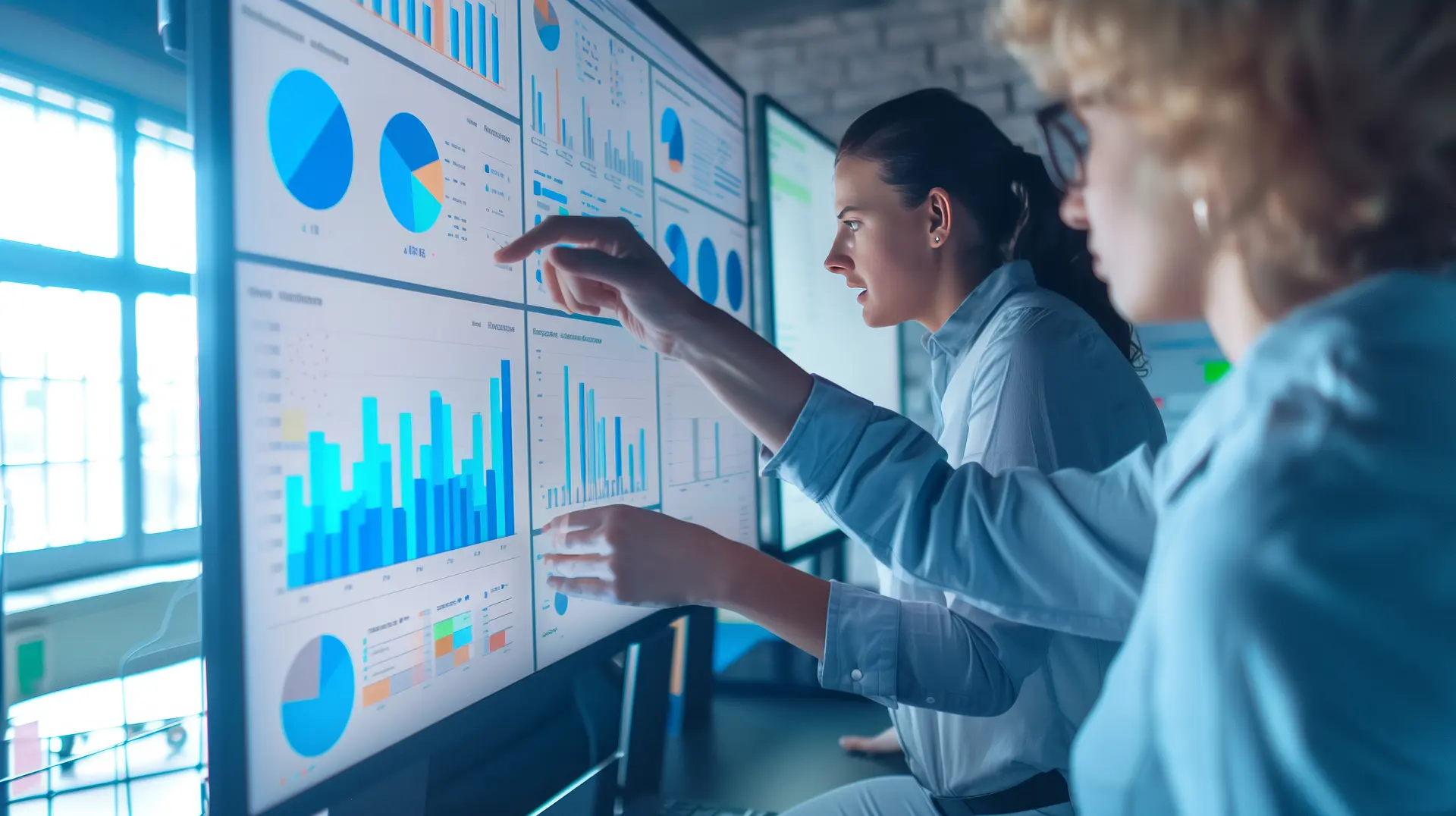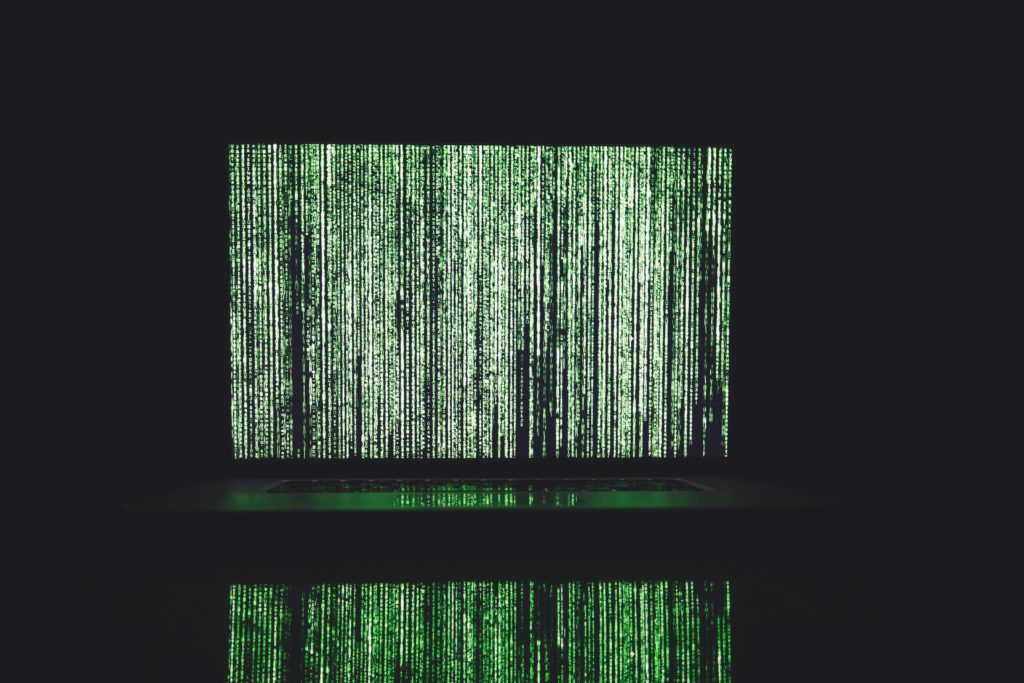The adoption of data analytics in education is revolutionizing the era of remote learning. Technology has opened up a world of new approaches that have radically transformed the traditional teaching and learning model. It provides a better link between teachers and students, which helps the instructor to focus on the student’s areas of opportunity.
Data analysis is the science of manipulating "raw" data to draw conclusions about the information.
Data analysis is the science of manipulating “raw” data to draw conclusions about the information. Many of the data analysis techniques and processes have been automated into mechanical processes and algorithms that operate on raw or unprocessed data to facilitate human consumption. Schools and universities have been closed for a long time. The Covid-19 scenario does not hint that things will return to normal soon. With the second and third wave of coronavirus cases breaking out in many countries, the second blockade is the only useful solution that governments initiate. Ultimately, the disruption of technology in the learning system has left no stone unturned. With the right data analytics solution, schools and universities can get a holistic snapshot of operational and student outcomes, enabling them to identify weaknesses and act strategically on them. Although when big data is helping at a different level in business and government functionalities, it is also having a considerable impact on the education industry.
Education and analytics go hand in hand because of the need to teach hundreds of millions of children and adults. From preschool to doctoral programs, everyone on the planet is receiving some form of technological assistance in their education today.

Data analysis in education before pandemic outbreak
Data analytics has long made its mark in the education sector. Now it has seeped into the nerves of the educational system achieving tremendous and innovative results. This has led to an increase in the creative abilities of students, as well as their enthusiasm for studies through revolutionary reforms in the infrastructure and system of the formerly traditional education methodology. Some of the possible use cases for data analytics in the education sector include,
Intervention: Schools have been tracking student attrition all along. It is stored in the form of big data in the resource bank. Data analysis is performed on big data, trawling the results on why students opt out of schools. If possible, schools are trying to address simple reasons such as financial aid or counseling.
Career path: choosing the right career is a big decision. The education sector has been seeking the help of technology to free students from stressful work. Students can be tracked using multiple data sets and questionnaires to determine which career paths match their interests and which courses they should take. With the help of data analysis, the responses are analyzed to get a clear picture of where students should focus.
Forecasting: Predicting the outcome of student data analysis on recent tests provides insight into how students are performing in school. This helps both parents and teachers find what they are missing. Ultimately, they can focus on the exact area and improve their performance.
Data analysis in remote learning
Remote learning is where the learner and educator are not physically present in the traditional classroom environment, but are virtually connected. The information is based on technology, such as discussion forums, videoconferencing and online evaluation. These platforms allow the free flow of information and are equipped with all kinds of features such as screen sharing, system control sharing, whiteboards, annotations, etc.
Educational institutions have collected sufficient information about students in the form of big data. This helped them switch to remote learning more comfortably. With the help of data analysis, teachers can monitor student performance. Data analysis has leveraged a personalized approach from teachers to students. The educational system has been managed with automated elements. These trials gave educational institutions good insight into what might work and what might not.
Data analytics ensures that system adoption is easily accomplished and that students remain engaged. Many applications have been developed with a simple and understandable user interface, taking into account the demographics of the audience. It also allows the encryption of student information. Data analytics is being of great help in times of crisis.
For example, Miami University, the public education institution located in Oxford, Ohio, switched its entire teaching process to digital mode in a matter of three hours. The University has never been involved in distance learning. The university used Tableau to report the data collected to the chancellor and the coordinators of each division. To monitor how students handled the changes, the University of Miami launched the data collection initiative. Several staff members gathered information on 20,000 students and their opinions on how the situation is affecting them individually. This helped the educational institution address the needs of students when they are far from physical reach.
Consult our technical support
here
and visit our Facebook page
here
.
(Source: analyticsinsight.net)




